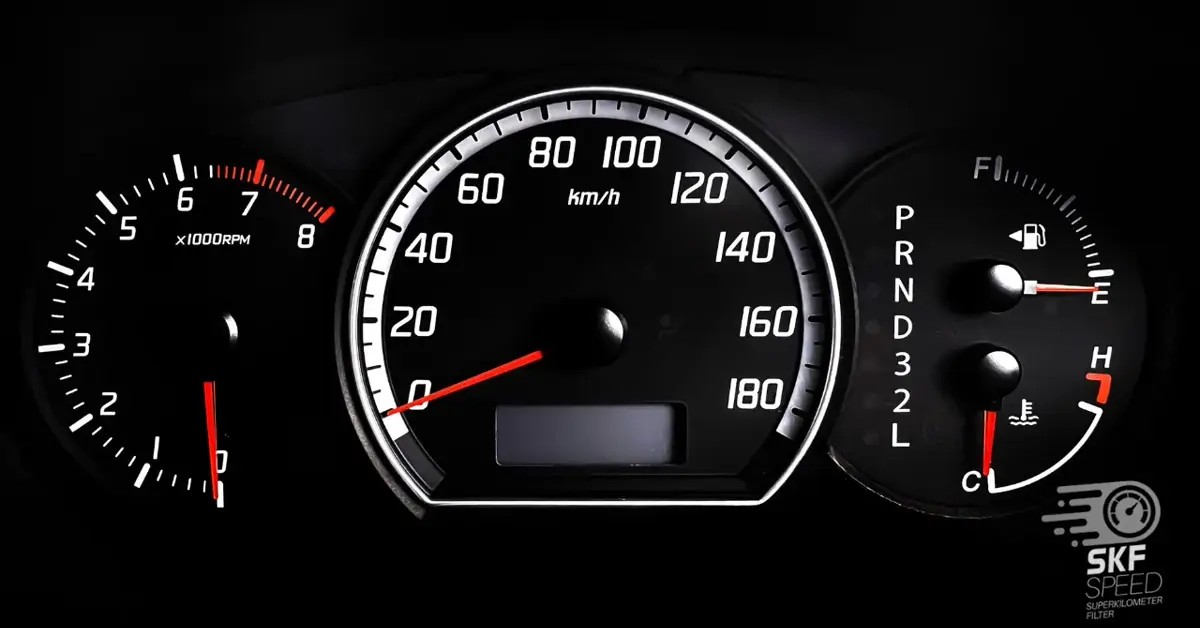Odometer Reprogramming Tools are devices designed to modify a vehicle’s mileage. While there are various methods and tools available, understanding their functionalities, implications, and legality is crucial. This guide delves into the different types of odometer reprogramming tools, their effectiveness, and the importance of ethical considerations.
Why Use an Odometer Reprogramming Tool?
People modify odometer readings for various reasons, ranging from addressing technical glitches to deceitful practices.
- Technical Malfunctions: Rarely, odometers can malfunction and require reprogramming to display accurate mileage.
- Fraudulent Intentions: Unscrupulous sellers might roll back mileage to make a vehicle appear newer and more valuable, potentially defrauding buyers.
- Testing Purposes: Auto testers often use tools to freeze or adjust the odometer during testing procedures, preventing the accumulation of unnecessary mileage.
The Significance of Accurate Mileage
The mileage displayed on a vehicle’s odometer plays a crucial role in determining its value and overall condition. Higher mileage generally indicates more wear and tear, potentially impacting the vehicle’s price. However, odometer reprogramming tools can easily falsify this information, leading to inaccurate assessments and potential financial losses for buyers.
Furthermore, while mileage provides a general idea of a vehicle’s usage, other factors like driving habits, maintenance history, and operating conditions are equally important in assessing its true condition.
Detecting Odometer Manipulation
Identifying potential odometer tampering requires careful observation and attention to detail. Here are some key indicators:
- Tire Wear: Excessive tire wear inconsistent with the displayed mileage can suggest tampering.
- Instrument Cluster Damage: Scratches or signs of tampering around the instrument cluster might indicate attempts to access and modify the odometer.
- Inconsistencies in Vehicle Condition: A vehicle’s overall condition (interior wear, exterior damage) should align with the reported mileage. Significant discrepancies may raise red flags.
Types of Odometer Reprogramming Tools
Several types of odometer reprogramming tools exist, each employing different methods to alter mileage.
Odometer Rollback Tools
These tools reduce the displayed mileage, making a vehicle appear to have been driven less. While effective in changing the numbers, diagnostic tools can easily detect this type of manipulation.
Mileage Resetting Tools
Unlike rollback tools, these completely erase mileage data, resetting the odometer to zero. However, this drastic change is also easily detectable by diagnostic scanners.
Odometer Correction Tools
These tools allow for precise adjustments to the odometer reading, setting it to a specific desired mileage. While offering more control, they remain detectable through diagnostic tests.
Limitations of Current Odometer Reprogramming Tools
Despite various techniques, most odometer reprogramming tools leave detectable traces. Modern vehicles utilize sophisticated systems that log mileage data in multiple locations, making it difficult to completely erase evidence of tampering.
The Mileage Blocker: An Alternative Approach
Instead of modifying existing mileage data, the mileage blocker prevents future mileage recording. This device intercepts signals sent to the odometer, preventing it from registering additional kilometers or miles.
This approach offers a distinct advantage as it does not alter stored data, making it significantly harder to detect. However, it’s essential to acknowledge the ethical and legal implications associated with using such a device.
Conclusion
Odometer reprogramming tools encompass a range of devices with varying functionalities. While some aim to correct genuine errors, others are used for fraudulent purposes. Understanding the different types of tools, their limitations, and the potential consequences of their use is vital for both buyers and sellers. Remember, manipulating a vehicle’s odometer for deceptive purposes is illegal and unethical. Always prioritize transparency and honesty in vehicle transactions.
